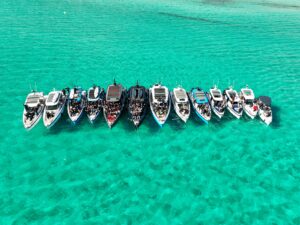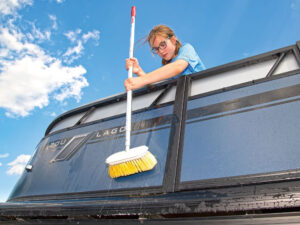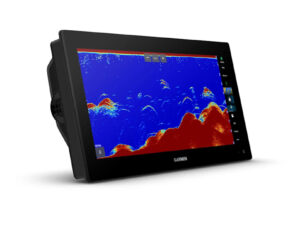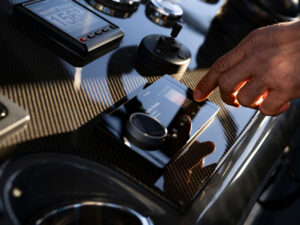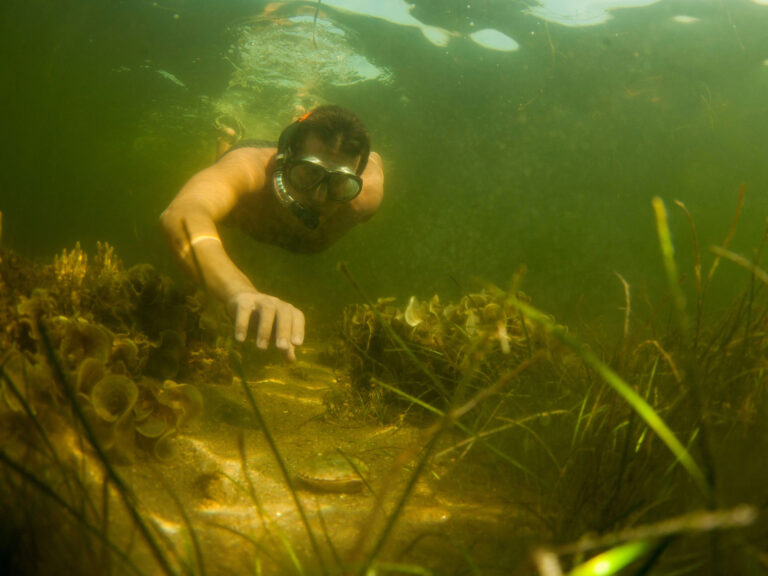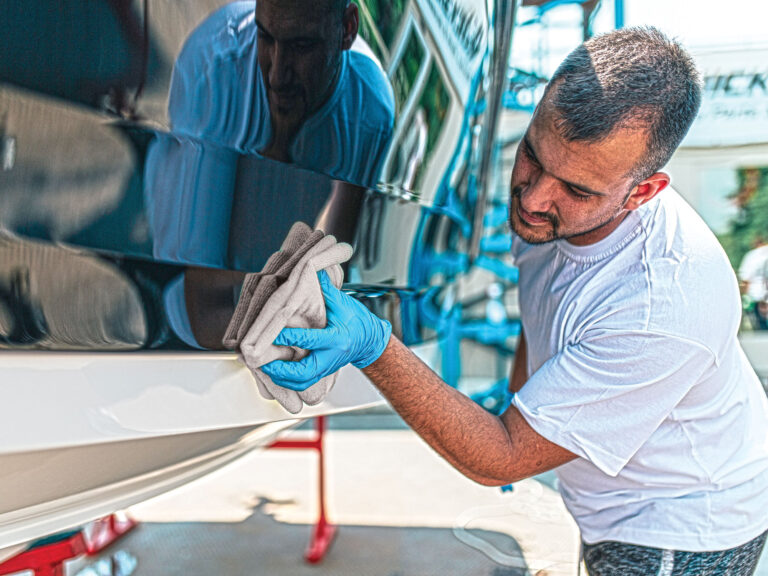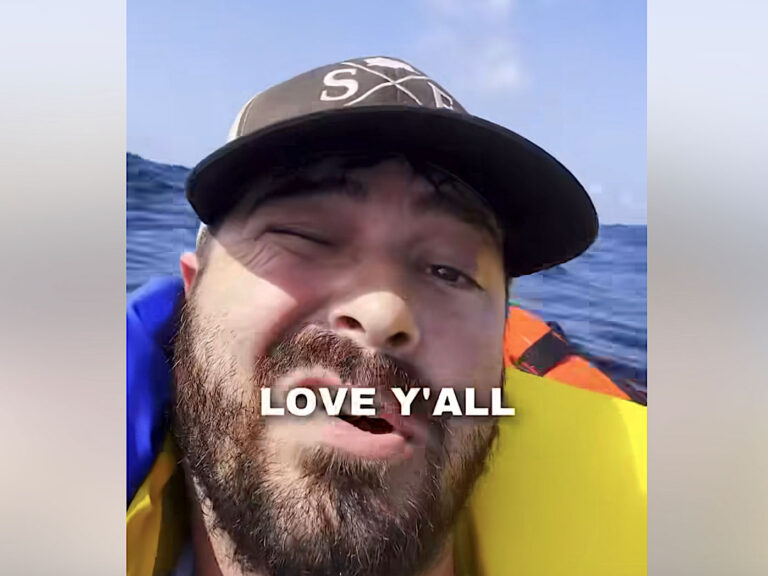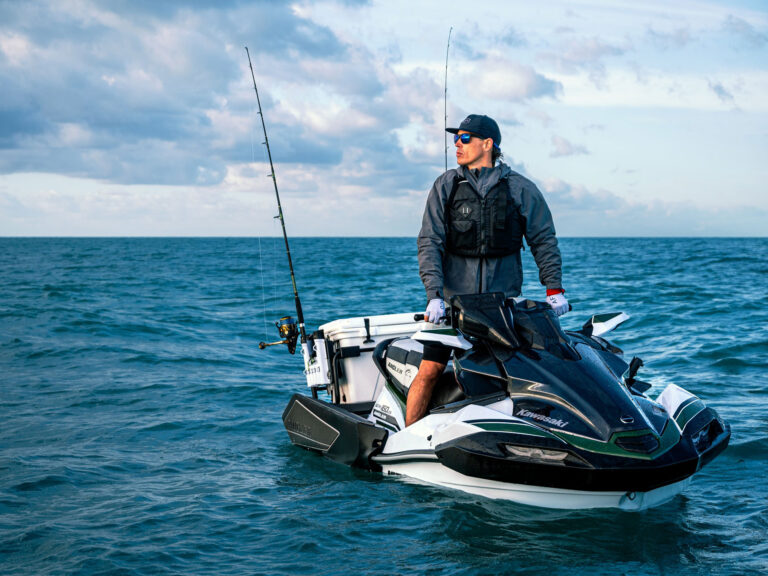
I possess a 50-ton U.S. Coast Guard captain’s license, and at age 77, I have plenty of experience under my skipper’s cap. But a recent event reminded me that boating is a continuing education, and I can still learn a few things. Not long ago, two friends and I took a trip in my 30-foot Sea Ray Sedan Bridge, Dream Catcher, from Buffalo to Dunkirk, New York. It was a beautiful summer day — a great time to enjoy Lake Erie and have lunch at one of my favorite waterfront hangouts.
Weatherwise, it was a fairly typical summer day, except for one thing: There was an unusual easterly breeze. It gave a light following sea, making for an easy, comfortable outbound cruise. However, when I attempted to tie up at the town bulkhead upon arriving at my destination, only the west side was available, requiring me to approach upwind. Coming alongside, I found the breeze quickly moved Dream Catcher away to the west. It took two attempts to make the mooring, and I secured Dream Catcher so my passengers and I could step into the eatery.
When we reboarded, I did the preliminaries, following normal protocol. I started the engines, and my two buddies and crewmen grabbed hold of the lines at the bow and the stern. Both men loosened their lines and tried to hold the vessel to board. You can imagine what happened. My first friend jumped aboard, but by the time the second was trying to board, the wind moved the stern away, and he wound up in the water.
A witness noted this and asked if she should call 911. The engines were still in neutral, and I told that to my wet but uninjured crew member. He then breast stroked to the swim platform and reboarded. It could have been worse — he could have hit his head or broken something. Whew!
My Mistake
If I had placed importance on the easterly wind, I would have had each crew member take a turn around the cleats with his line. Then, with line held taught [editor’s note: this is commonly called “tailing”], each could climb aboard, let the line go free, and then gather and coil it in place. Or, alternatively, I could’ve had one breast line tied amidships and snugged Dream Catcher to the dock while my crew cast off the bow and stern lines. Then, once aboard, they could’ve released the turn on the breast line and gathered it in as we drifted off the pier.
As I guided Dream Catcher back to Buffalo into the wind and choppy Lake Erie, my friend sat in the stern with the breeze drying him off, and our other buddy sat in the cabin, spreading the wet address book and wallet contents out to dry.
Even though everyone was pleasant throughout the trip, I was embarrassed because I have had good training for my license, spent most of my life around boats, and to top it off, I am a graduate of State University of New York Maritime College. In other words, I should have known better.
Wanted: Your Stories
Share your boating mistakes and mishaps so that your fellow boaters might learn from your experience. Send us your first-person accounts, including what went wrong, what you’d do differently, your name and your city, to [email protected] and use “ILAB” in the subject line._If your submission is chosen, we’ll send you a $100 West Marine Gift Card!


